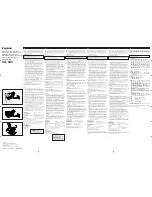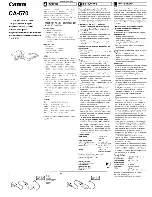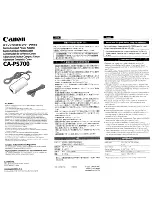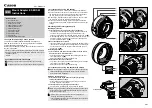
Installing the Smart-DTA
23
Smart-DTA Getting Started Guide
3 • Smart-DTA installation
connect to an Ethernet hub or switch. Typically the hub or switch will connect to a router that provides the the
local-residential IP network with broadband Internet access.
Figure 7. Connecting the Smart-DTA to the network via a hub or switch
1. Using the included black Ethernet cable, connect the RJ-45 Ethernet WAN port on your Smart-DTA
(labeled ETH), to an Ethernet hub or switch on the same network as your PC.
For details on the Ethernet port pinout and cables, refer to
Appendix C, “Cabling”
on page 42 and
Appendix
D, “Port pin-outs”
on page 45.
Connecting the Smart-DTA to the power supply
1. Insert the barrel-type connector end of the AC power supply into the 5V DC, 1.0A port (see
figure 2
on
page 15).
2. Verify that the AC power cord included with your router is compatible with local standards. If it is not,
refer to chapter 5,
“Contacting Patton for assistance”
on page 35 to find out how to replace it with a com-
patible power cord.
3. Connect the male end of the AC power supply power cord to an appropriate AC power outlet.
The external router power supply automatically adjusts to accept
an input voltage from 100 to 240 VAC (50/60 Hz).
Verify that the proper voltage is present before plugging the
power cord into the receptacle. Failure to do so could result in
equipment damage.
DHCP
Server
Ethernet Hub
or Switch
Smart-DTA
PC
ETH
port
















































